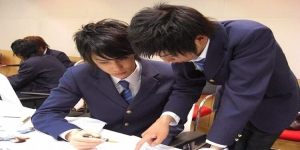Internet Cafe and Manga Cafe Between Social Phenomenon and Japanese Specialty
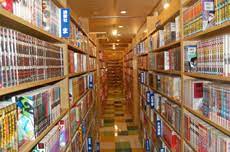
![]()
In Japan they are an institution, for us tourists they are a double godsend because they allow you to use internet and at the same time relax and read (or watch for those unfamiliar with Japanese) interesting manga without having to buy them. In Japan the terms are interchangeable but let's see in more detail one of the favorite places of the Japanese and beyond.
Internet Cafè:
Defined in Japan as ネ ッ ト カ フ ェ (net kafe), more commonly "cyber cafè" or "net cafè" (or translations of it, depending on the location) are "bars" that offer computers with Internet access for public use for a fee, depending on how much one uses it.
Very useful tool for travelers who do not want to carry their PCs with them during the trip, they have a varied aspect: they range from simple spaces full of workstations and monitors to real cafes with food and drinks to buy.
Most of the chains (such as the "Media Cafè Popeye" or the "Jiyū Kūkan") allow customers to sit on different armchairs, have unlimited access to drinks, manga, magazines, the Internet, online video games, they also offer food and showers at payment. This expansion of services that come close to a full overnight stay in a hotel, with the creation of "night packages" have given rise to a particular social phenomenon which we will talk about towards the end.
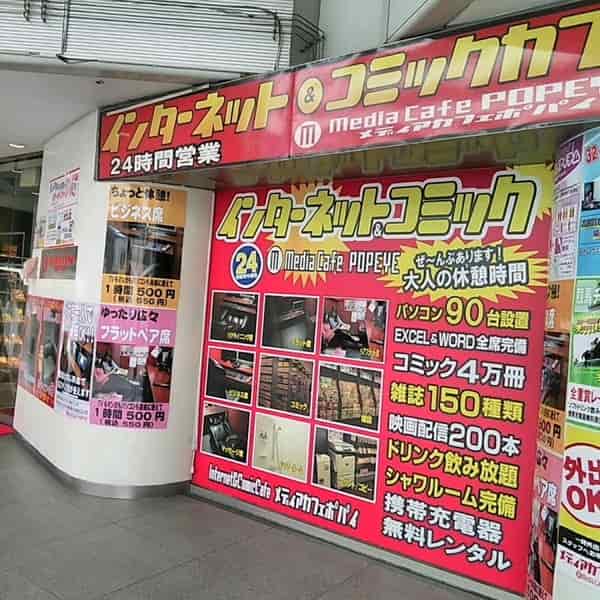
The first appearance of Internet Cafes we see them born in South Korea in 1988, inaugurated by Hongik University (colloquially called Hongdae) in Seoul. It first appeared in Japan in 1995 and was (as it still does today) open 24 hours a day and offers unlimited internet, manga and privacy at a low price. At first, this place attracted workers who had lost the last subway.
The distinction between an Internet Cafe and a "normal" bar has disappeared and in some countries, the number of Internet Cafes is progressively decreasing, as more and more normal Cafes offer the same services. The same can be said of Japan where many themed "bars" also offer internet services.
Finally, Wi-Fi was considered a "right", pushed by a generation of young people who, orphans of their permanent jobs, fed that army of precarious freelancers that formed the basis of the "Gig Economy", or the economy of odd jobs. , better if done with a PC connected to the network.
The costs, as mentioned at the beginning, depend on the time of use of the computer, but not only do they depend on the type of accommodation you choose, in an armchair, on the tatami, on a sort of small sofa, etc. it depends on many factors. Some offer "hour packages" for regular users or for those who need longer sessions. Internet cafes in Japan precede an initial membership card through which you can access the store's services.
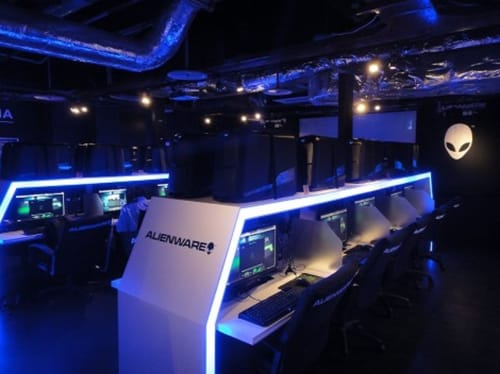
A little practical advice, regarding safety. The computers of the Internet Cafes are public systems, therefore less secure than those at home or in the office, so you have to take precautions when using them, especially if you use them for work purposes.
Manga Cafè:
Native and typical of Japan, manga cafes (漫画 喫茶 "mangakissa" where "kissa" is the abbreviation of 喫茶 店 "kissaten", ie coffee shop, or 漫 喫 "mankitsu") are cafes similar to literary cafes, which provide of customers, in addition to the normal cafeteria services, bookstores and shelves full of manga.
Unlike the cafes adapted to Internet Cafes, here the main service and primary purpose is precisely the offer of manga and various entertainment, rather than food and drink.
Over time, from simple "cafes", they have become real buildings where you can consult manga, it is promoted and you can enjoy other entertainment.
The phenomenon and development of manga cafes was born in Nagoya (名古屋 市 Nagoya-shi) in 1975, at the beginning in a small café, but soon it expanded rapidly, involving all the major major cities (Tokyo 東京 都 Tōkyō-to , Osaka 大阪 市 Ōsaka-shi) and developing fierce competition between tariff plans and additional services.
In addition to the possibility of reading manga from an immense library, these structures offer various services including: tea / coffee room and soft drinks dispensers (water, orange juice, Coca-Cola, energy drinks, etc) and machines with snacks and food ; video games; computer with Internet access plus disc burners, office software, color printers, photocopiers [since Internet access is also guaranteed by the more "traditional" Internet Cafes, i ネ ッ ト カ フ ェ (net kafe), yes the situation has arisen that the two terms have become mostly interchangeable]; there are two types of workstations: the "public" with computers arranged in a row or "small private cabins" with just the necessary space for a chair / armchair and the computer; TV with CATV / CS transmission; film / dvd; private rooms (individuals, couples, families at a higher price); darts; pool table; magazines; pc course; music cds; nail salon; newspapers; table tennis; slot machines; massage chairs; tanning center; mahjong; showers; sauna; party rooms; places for non-smokers (since in general, as in all places in Japan, smoking is allowed); zashiki (tatami mats); sofas; reclining seats.
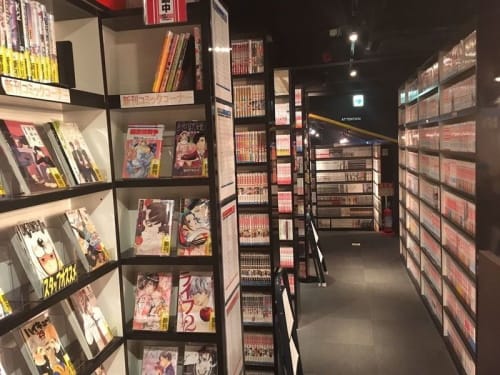
The rates of the manga cafes are based on the time spent inside the structure: usually for the first 30 minutes the price varies from ¥ 100-300 / 400, exceeding this threshold, a rate of ¥ 100 is applied every 10- 15 minutes plus the prices of additional services that you require (blankets, slippers for wandering in the cafe, cell phone chargers and other electronic devices are included in the basic price). As for internet cafes, registration is required which issues a card that allows you to use the services available.
Higher time blocks are usually available at discounted prices (¥ 700-1000 for three hours); during the weekend the cost can also slightly increase. Some manga cafes even offer the possibility of staying overnight, at a cost of ¥ 2000/3000, thus becoming an alternative and cheaper solution than capsule hotels or other types.
Generally they are located near the most important train or subway stations, however it can be difficult to find one without knowing how to read the writing in the language, since many do not display signs or signs in English and their entrance is not usually positioned at ground level. of the street but are located on high or semi-underground floors of multi-storey buildings.
The procedures for using the services of a manga cafe are very simple and the same for most of the structures; some of these, in the major urban centers, have an English speaking staff or explanatory signs in English. Generally there is some sort of check-in:
- at the entrance, at the cashier, registration will be requested by making a membership card which will generally cost ¥ 100-200; you will need a document (eg passport) to fill in all the registration data; this step will only be used for the first time you go to that facility, as you will become members with the points card.
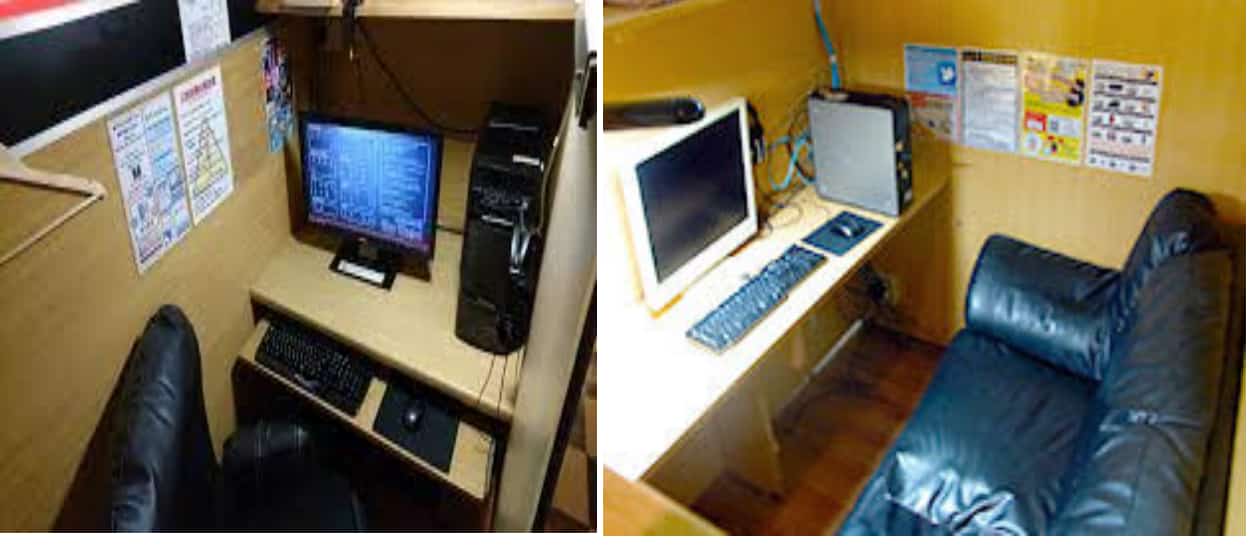
-always here you will be asked if you want to use the private cabin or the computers common to the desks and how long you want to use the services of the manga cafe; there will be a sign with all the hourly rates and services available to help you in your choice.
- the staff will validate your membership card and give you a receipt, on which will be written your name, the time of entry and the computer number assigned to you.
Inside you can safely use the computer assigned to you and in which case you have chosen the private cabin you can close the door or draw the curtains for greater privacy. Manga cafes are generally a very quiet place and you will be asked not to disturb your neighbors; if you wish to use other services, just communicate it at the main entrance counter. When you want to leave the manga cafe, there is check-out, you will go to the entrance with the receipt and pay the amount due. The staff will charge you an amount based on the period of time you have spent inside the facility and the additional services you have used.
There is a social phenomenon that unites the ネ ッ ト カ フ ェ (net kafe) and the 漫画 喫茶 (manga cafè), or the ネ ッ ト カ フ ェ 難民 (net kafe nanmin-refugees of the net kafe) or サ イ バ ー ホ ー ム レ ス (saibā-hōmetto) ; in both cases they are people who replace these structures as their home residences.
The phenomenon began in the 90s, when the manga cafes extended their opening all night, 24 hours a day; being, as already said, cheaper than other solutions, they were first used by commuters who got into the habit, in which case they missed the last train, of using them to rest until the next morning.
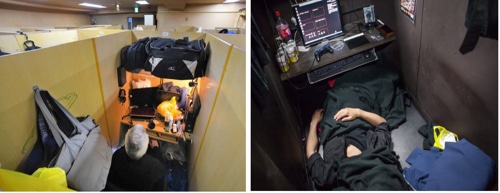
With the passage of time, thanks to the change in forms of leisure, computer techniques, social behaviors and the long-term contraction of the domestic economy, they have created the situation of precarious workers (freeter) without a fixed abode who are supported only with daily jobs and use these facilities as temporary housing.
Sisto Samantha
Article sources:
lifewire
thejapanesedreams.com
wikipedia
comunicaffe.it
viaggiareingiappone
Pictures sources:
internetcafe-navi
aumo
ja.foursquare
homeee
shiori

 English (United Kingdom)
English (United Kingdom)  Italiano (it-IT)
Italiano (it-IT) 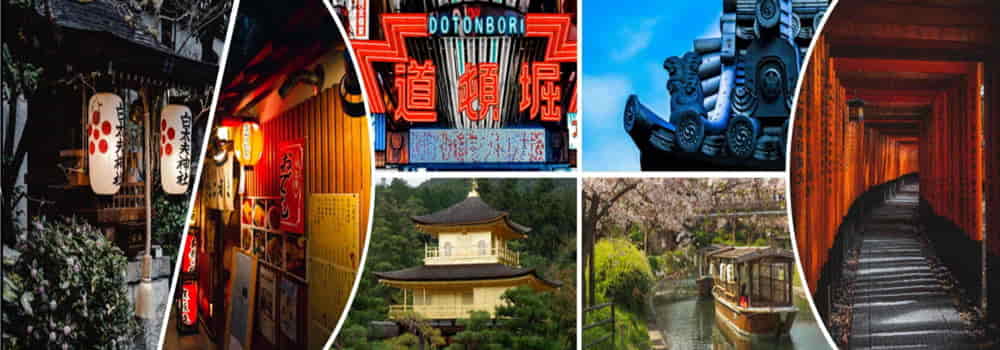
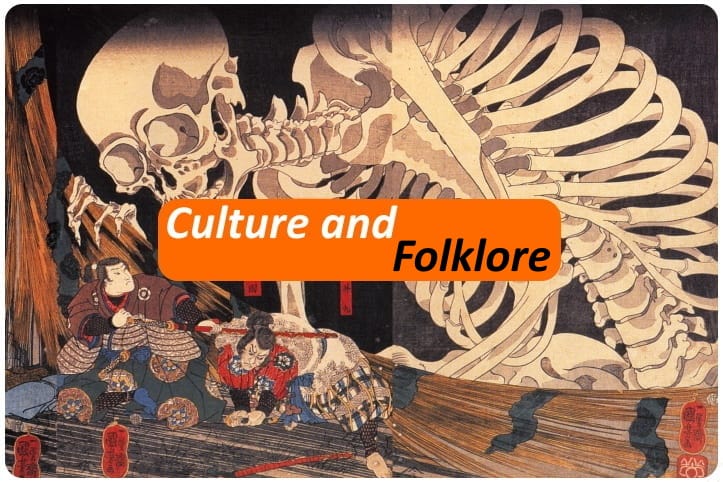
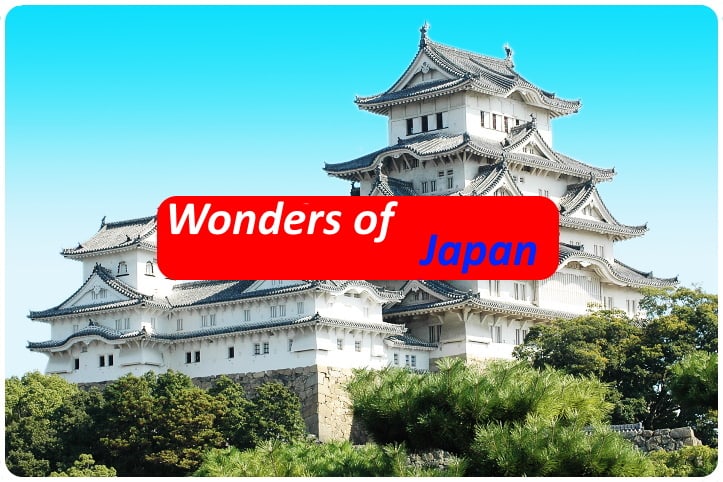
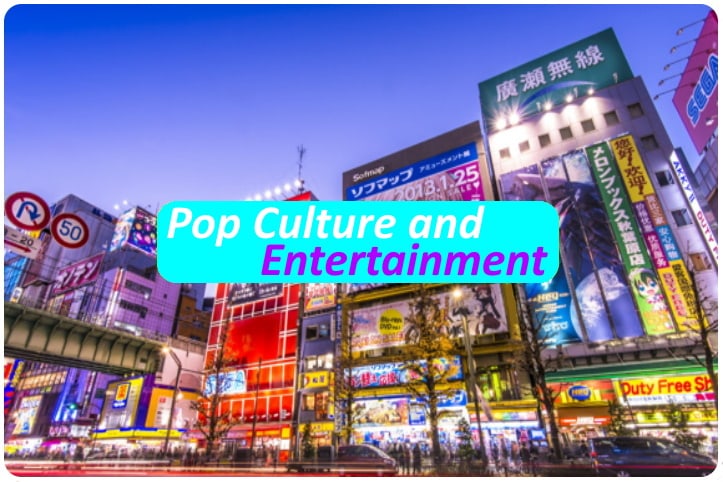
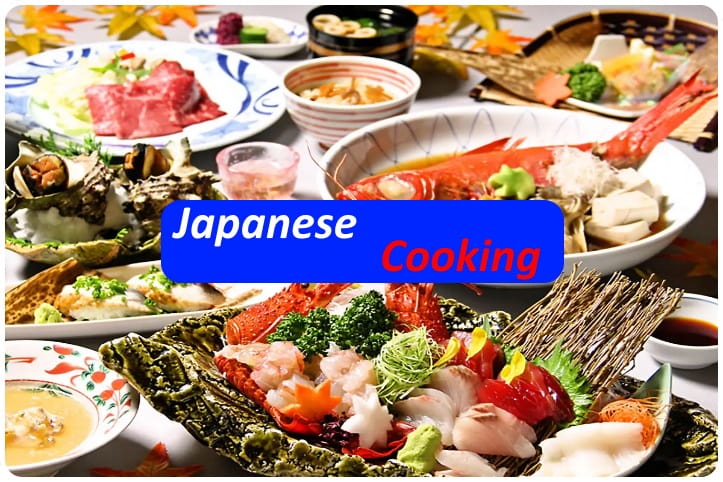


![[Review] Princess Toyotomiプリンセス トヨトミ](https://www.fukainihon.org//cache/mod_jt_contentslider/fdfb524f85518b9476158c79c8ea022f_328.jpg)


